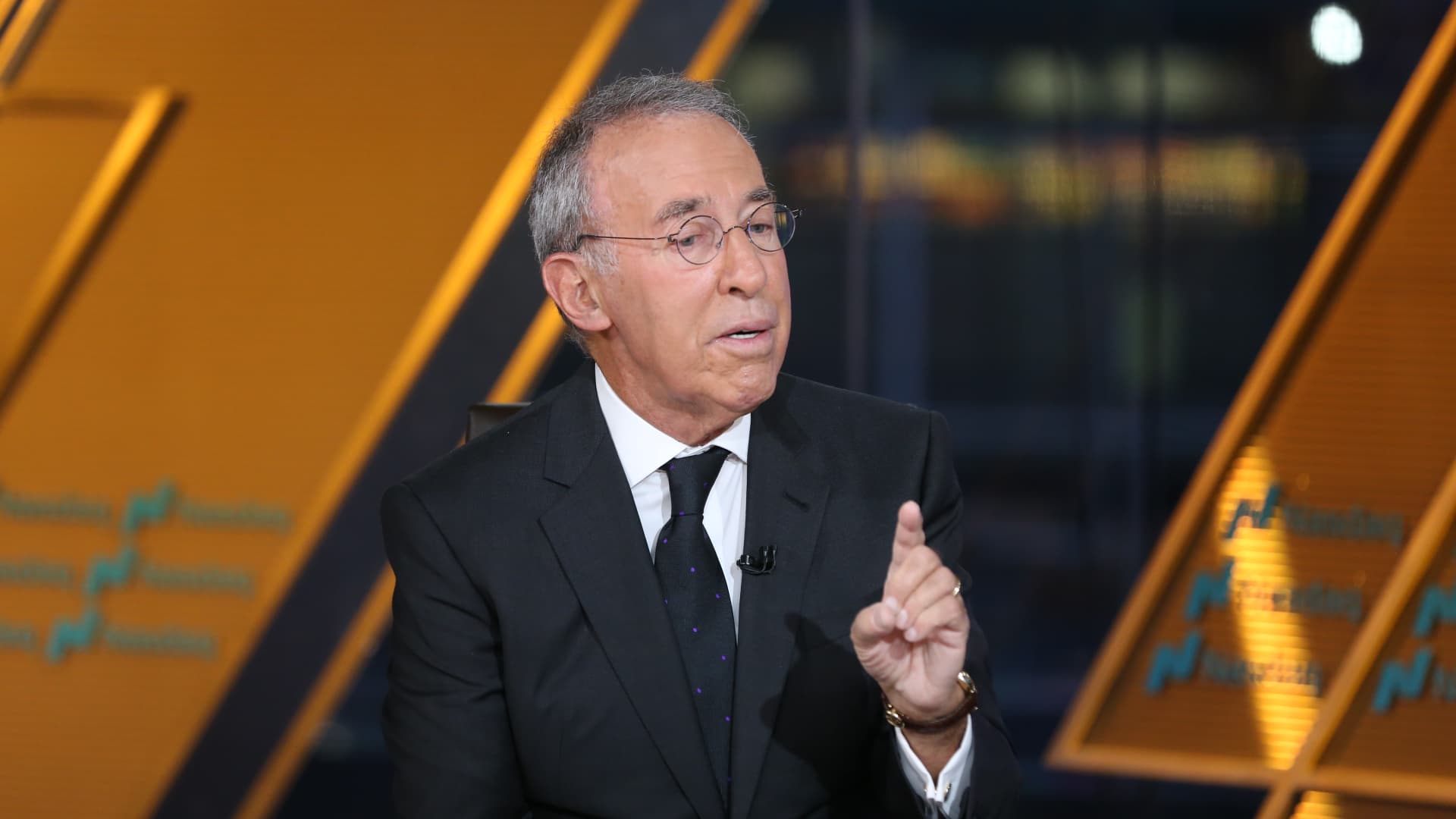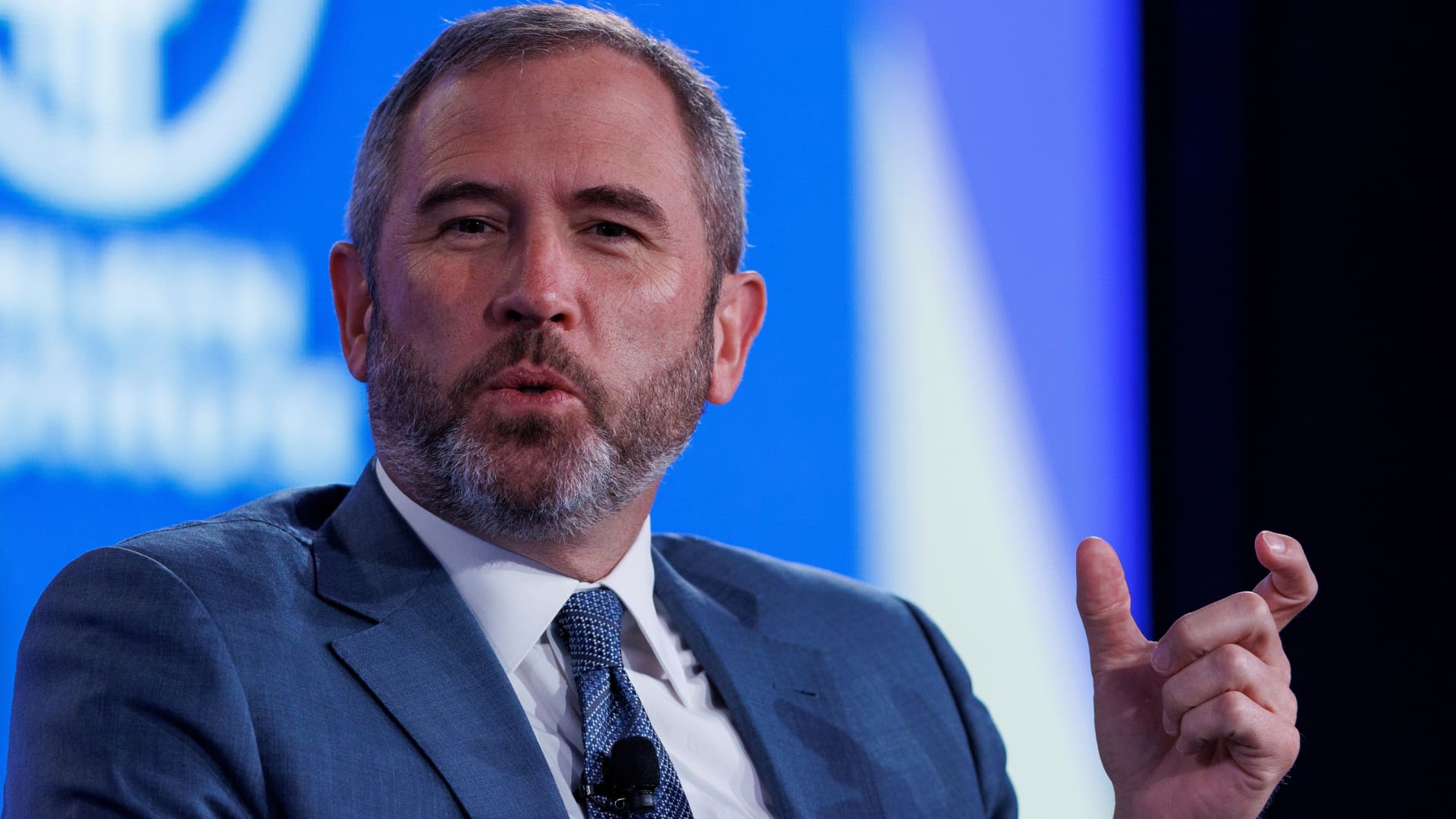Forget Chips. Cybersecurity Is AI’s Most Explosive Growth Market
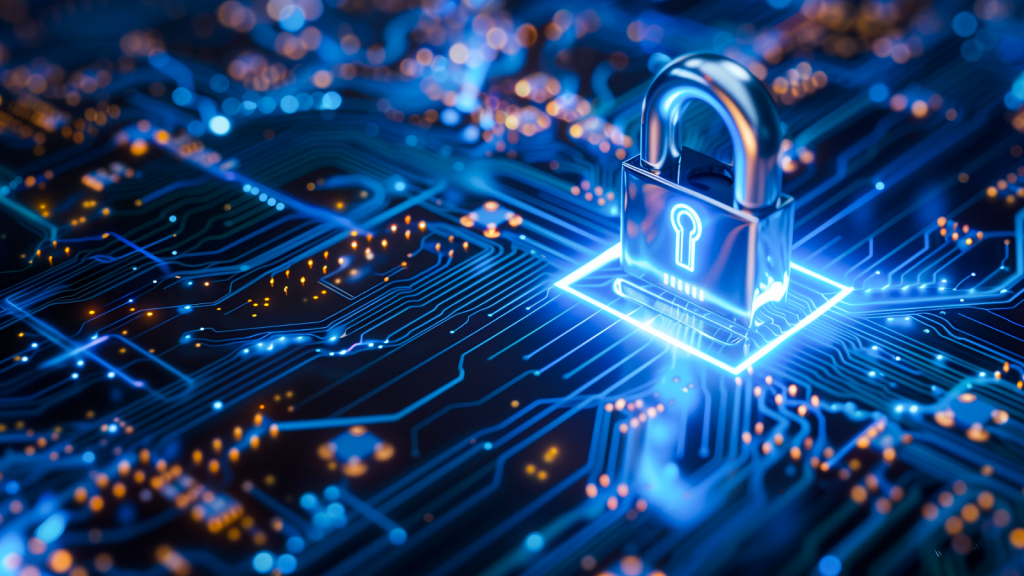
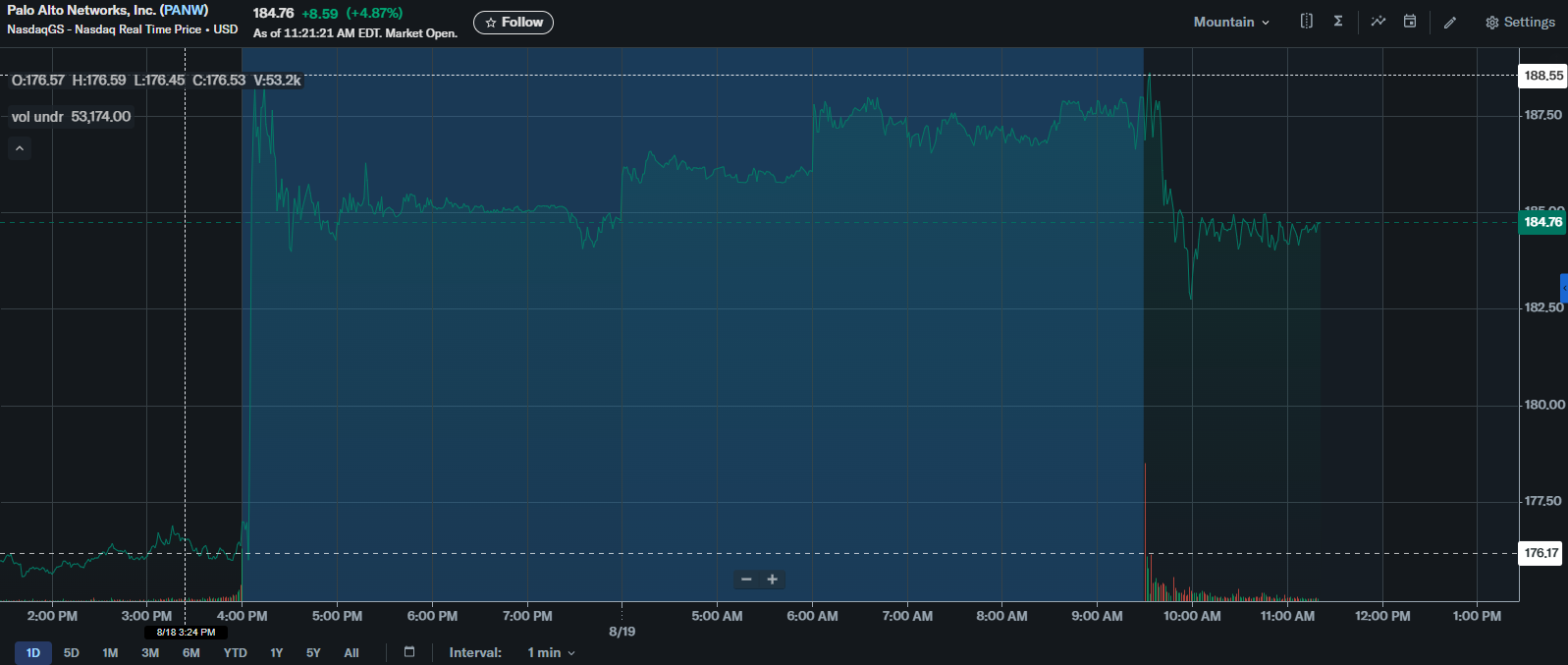
I’m sure every investor wishes they had a crystal ball. But the truth is, you don’t need one. Fortune-tellers divine futures from palms and tarot – and Wall Street reveals them in earnings and guidance.
The trick is knowing when a company’s numbers reflect prophecy…
Because if you pay Wall Street close enough attention, it may reward you with a clear glimpse into the future.
In fact, that’s what Palo Alto Networks (PANW) did when it delivered blockbuster earnings results last night.
Annual recurring revenue blew past expectations. Profits popped. Management’s guidance for next year was stronger than the Street dared hope. And the stock shot higher in after-hours trading.
The market, in one clean move, made clear that cybersecurity is entering its AI supercycle.
Palo Alto’s quarter wasn’t just a victory lap for its shareholders. It was a microcosm of what’s happening across the entire cybersecurity industry right now. AI has changed the game for hackers – which means it must also change the game for defenders.
And that shift is creating one of the most compelling multi-year growth opportunities on Wall Street…
From Manual to AI-Driven Threats: A Cybersecurity Arms Race Begins
For years, hackers worked like artisanal thieves: crafting code, testing exploits, iterating until they found a way in. Painstaking work.
But now they’ve got AI-powered battering rams.
Large language models can generate malware in seconds. Automated reconnaissance tools can scan the digital universe for vulnerabilities faster than human security teams can even pour a cup of coffee. Once-humorous phishing emails now read like they really were written by your boss, complete with tone, phrasing, and context.
In short, hackers have leveled up. And they’ve done it with the exact same technology Wall Street is drooling over: AI.
Meanwhile, enterprises aren’t exactly sitting still. They’re rolling out generative AI applications for all workflows, from marketing to customer support to supply-chain management.
That’s great for productivity. But every new AI app is a new pipeline of sensitive data – customer info, proprietary IP, financials – flowing across servers, cloud platforms, and edge devices.
As a result, the “attack surface” – all the potential entry points that a malicious actor could exploit to gain unauthorized access to a system, network, or application – has ballooned. It’s like turning a two-bedroom bungalow into a 20-room mansion, filling it with valuables, and leaving all the doors and windows open.
Two forces are now colliding:
- Hackers wielding more potent AI-powered weapons.
- Enterprises exposing vastly more sensitive data than ever before.
And when an unstoppable force meets an immovable object, only one side wins. That’s why the future of cybersecurity depends on a new class of defenses – built with the same AI horsepower hackers are using to break in.
Defense in the AI Age: How Cyber Titans Now Fight Back Smarter
Enter Palo Alto, CrowdStrike (CRWD), Fortinet (FTNT), Zscaler (ZS), SentinelOne (S), and the rest of the cyber elite.
Gone are the days of traditional firewalls. These security titans are building autonomous, AI-native defense platforms that can anticipate, detect, and neutralize attacks at blazing speeds. Think of them as the providers of AI bodyguards that are always alert, always faster, and always learning.
Palo Alto’s Cortex Cloud and Prisma AIRS. CrowdStrike’s Falcon with real-time AI threat intelligence. Zscaler’s zero-trust, AI-driven SASE platform. SentinelOne’s autonomous detection and Purple AI tools…
The sector has officially moved from code vs. code to AI vs. AI.
And in a world where CEOs might cut marketing budgets or pause hiring during an economic downturn, cybersecurity budgets don’t shrink. They expand.
Boards don’t want to explain to regulators or shareholders how an AI-powered hack drained millions from customer accounts. So, they spend to defend.
In other words, cybersecurity spending is becoming non-discretionary. And that makes it one of the most resilient, secular growth stories on Wall Street.
PANW’s Earnings Prove AI Cybersecurity Is a Growth Juggernaut
Palo Alto’s quarterly print was essentially a masterclass in how this supercycle plays out financially.
- Revenues rose 16% year-over-year to $2.5-plus billion.
- Profits are up more than 25%.
- Annual recurring revenue growth was north of 30%.
- RPO (remaining performance obligations) – basically future contracted business – grew nearly 30% to $15.8 billion.
And the forward guidance? Management is calling for over $10.5 billion in revenue next fiscal year – blockbuster growth for a company already at scale.
Investors didn’t miss the signal here and sent Palo Alto stock ripping higher.
But PANW’s big surge is all part of the bigger cyber-AI narrative. See; Wall Street has always loved a neat, overarching story:
- First was the rise of the internet in the 2000s, led by Google (GOOGL) and Amazon (AMZN).
- Then came the 2010s’ mobile and cloud boom, with Apple (AAPL) and Salesforce (CRM) at the helm.
- In the early 2020s, the AI Revolution began thanks to Nvidia (NVDA), Microsoft (MSFT), and OpenAI.
Now we’re seeing the next derivative play taking shape: AI-driven cybersecurity.
Think of it as a symbiotic trend. AI makes companies smarter – and more vulnerable. That vulnerability fuels demand for cyber protection. And cyber companies are deploying AI themselves to defend the gates.
It’s a virtuous cycle of demand, innovation, and profit growth: exactly the kind of flywheel Wall Street eats up.
AI Defense Squad: CrowdStrike, Zscaler & Others Ready to Soar
Of course, while Palo Alto’s earnings stole the spotlight, plenty of companies are poised to ride this secular boom to new heights:
- CrowdStrike: Arguably the most beloved pure-play cyber stock, known for its cloud-native Falcon platform. A poster child for AI-driven threat intelligence.
- Fortinet: Strong balance sheet, entrenched in firewalls, expanding AI features across its Security Fabric.
- Zscaler: Zero Trust is becoming enterprise doctrine, and Zscaler’s platform sits right in the middle of this paradigm shift.
- SentinelOne: A younger, faster player, pushing AI autonomy in endpoint detection.
- Check Point (CHKP): The old guard but with new AI copilots built into its Infinity architecture.
- Identity and exposure specialists like SailPoint (SAIL), Tenable (TENB), and Qualys (QLYS), each leaning on AI to scan, monitor, and protect expanding digital environments.
This is a rising tide story. Investors don’t have to pick just one winner.
With Cyber Threats Rising, Spending on Defense Becomes Unavoidable
Cybersecurity is quickly becoming an existential factor – something that’s not just ‘nice to have’ but ‘make or break.’
Indeed, analysts see global cyber spending ballooning from ~$250 billion today to half a trillion dollars within the decade.
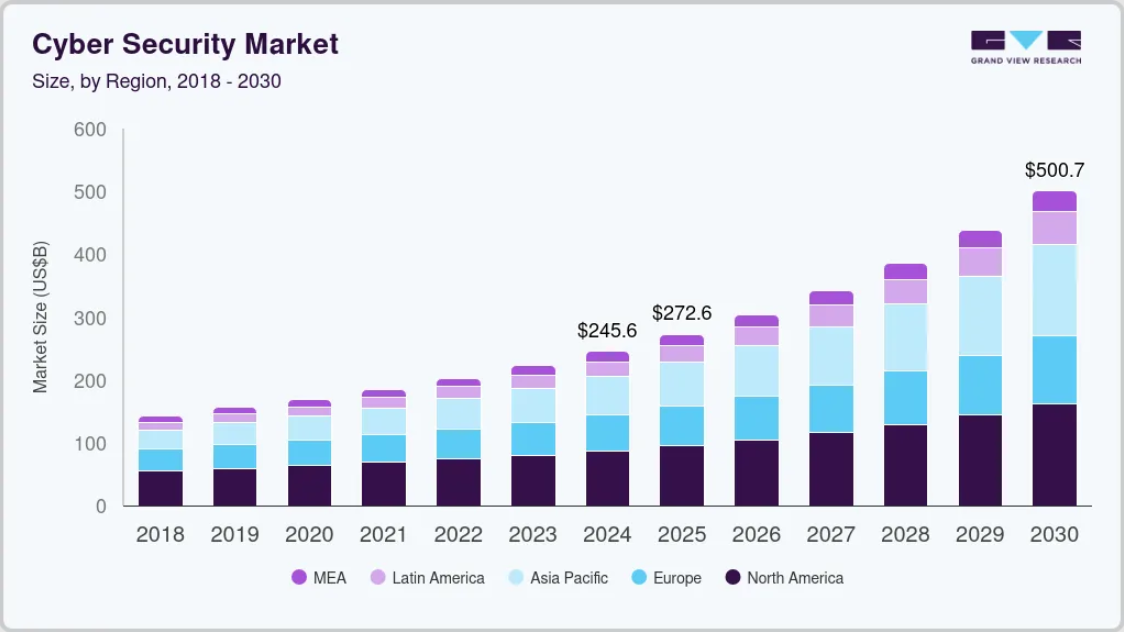
Some even predict the first trillion-dollar cybersecurity company could emerge in the next five years.
That may sound aggressive… until you realize that just a few years ago, Nvidia was a $300 billion chipmaker – and is now worth more than $4 trillion.
When technology trends hit exponential growth curves, valuations follow. So, here’s our take: Palo Alto’s earnings did more than just beat the Street’s estimates. They served as the flare gun signaling the start of a new investment theme.
AI is making hackers much more efficient, at the same time that enterprises are exposing more data.
Cybersecurity companies are responding with AI-native defenses. Spending is accelerating. Profits are surging. And Wall Street is catching on.
The AI trade is now expanding beyond Nvidia to include Palo Alto, CrowdStrike, Zscaler, and the whole cyber cohort. This could be the next megatrend: an unstoppable secular boom riding shotgun with the AI revolution itself.
And the real beauty of it? While AI infrastructure stocks may ebb and flow with GPU demand cycles, cybersecurity is perpetually essential. As long as data exists – and hackers are around to steal it – this sector’s surge has no end date…
Especially as robotics continue to enter the fold.
Cybersecurity + AI = The Next Trillion-Dollar Field
From factory floors to hospital wards, we’re handing critical tasks to machines that run on connected software. That makes IoT cybersecurity not just a back-office concern but a frontline defense for how our future economy functions.
It’s exactly why Eric Fry, Louis Navellier, and I believe the next trillion-dollar winners won’t just be in software but in Physical AI: the fusion of robotics and artificial intelligence.
Since 2023, we’ve helped readers ride every wave of the AI boom, from chipmakers to quantum computing. Now, we’re convinced robotics will define the next great era of growth investing.
That’s why we’ve built the ‘Day Zero’ Portfolio – a handpicked collection of seven stocks positioned at the intersection of AI and robotics. These are the companies that could lead the charge in this fast-moving megatrend.
Learn more about those top stocks while you still can.






